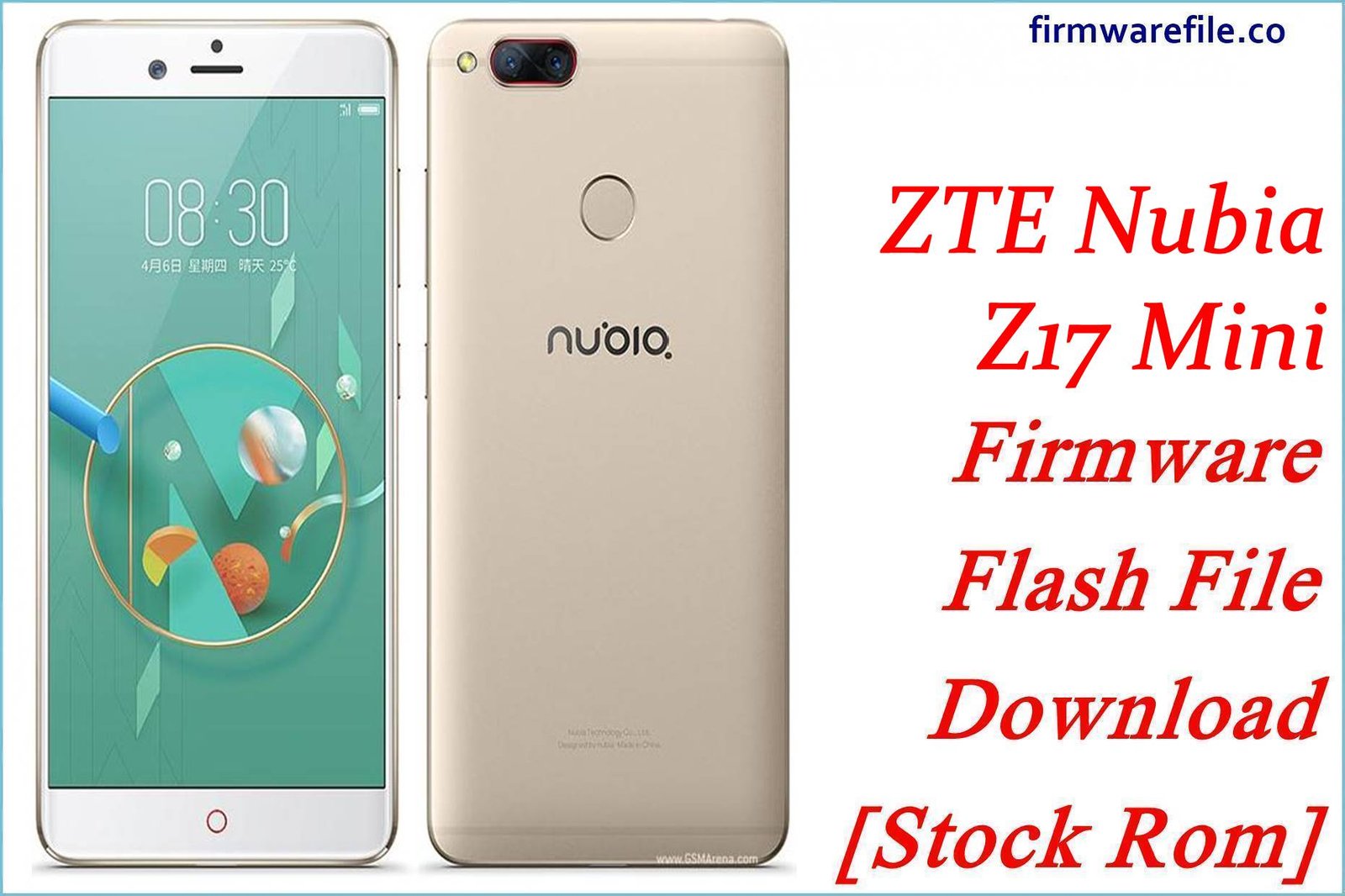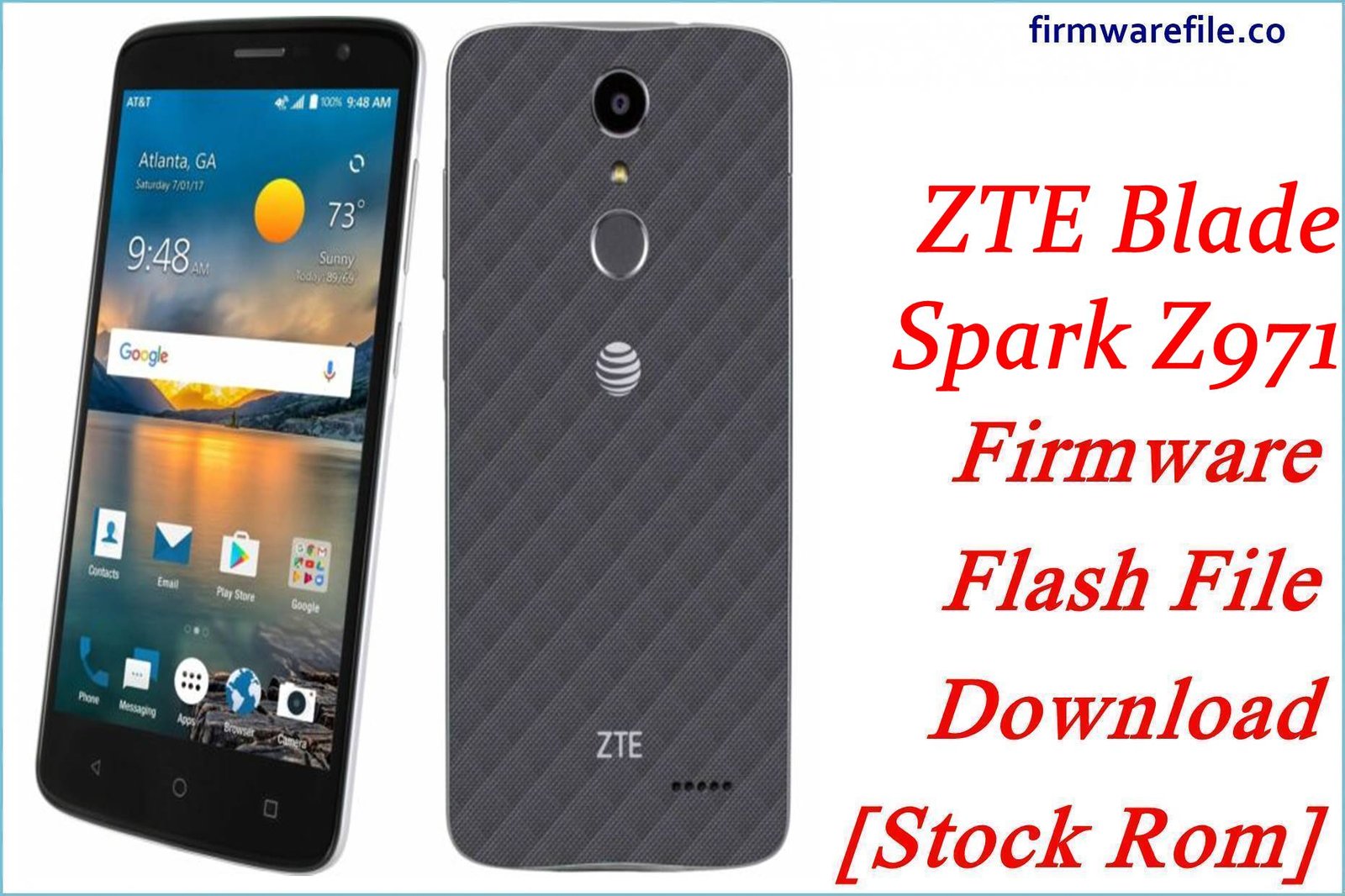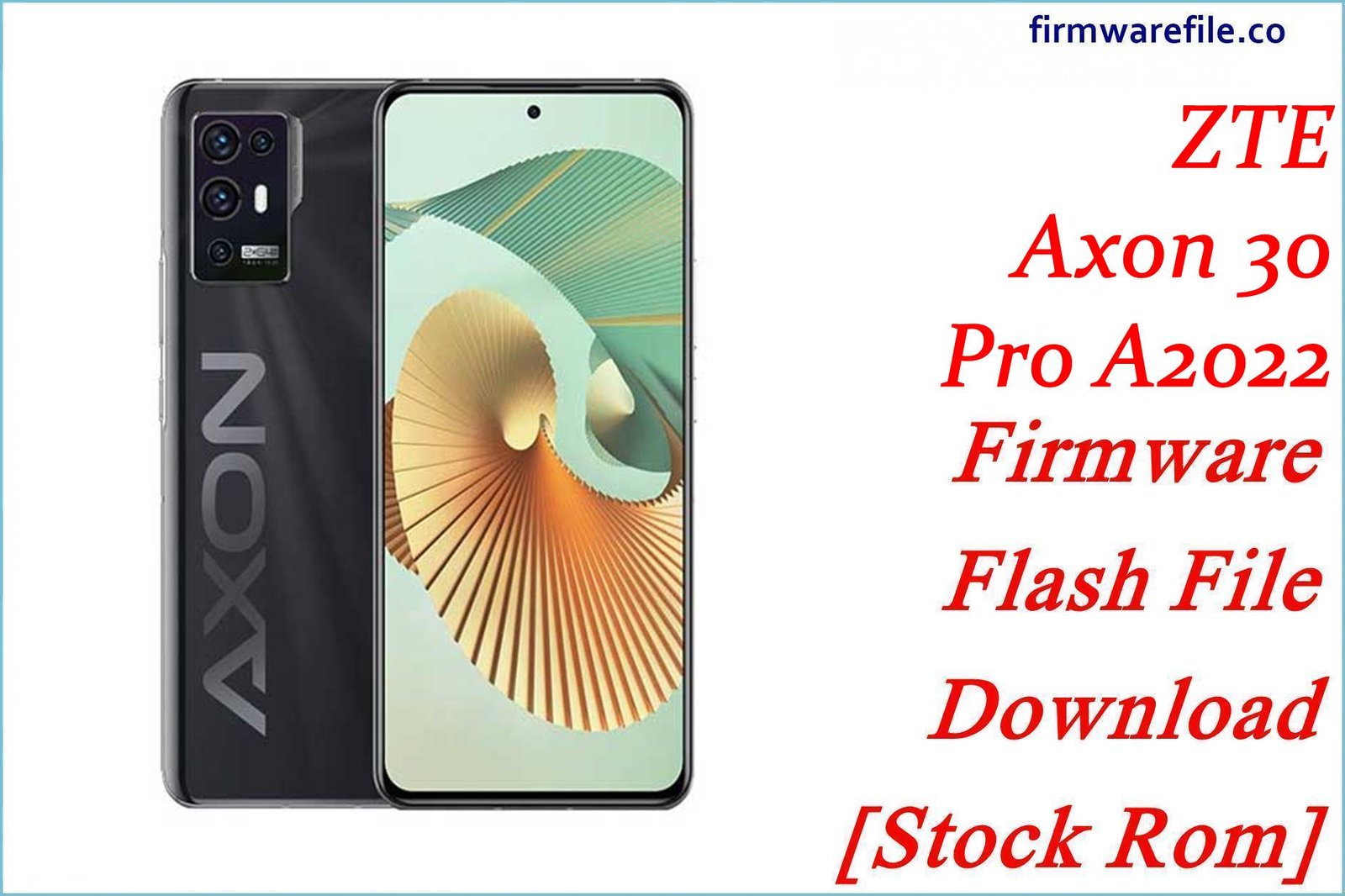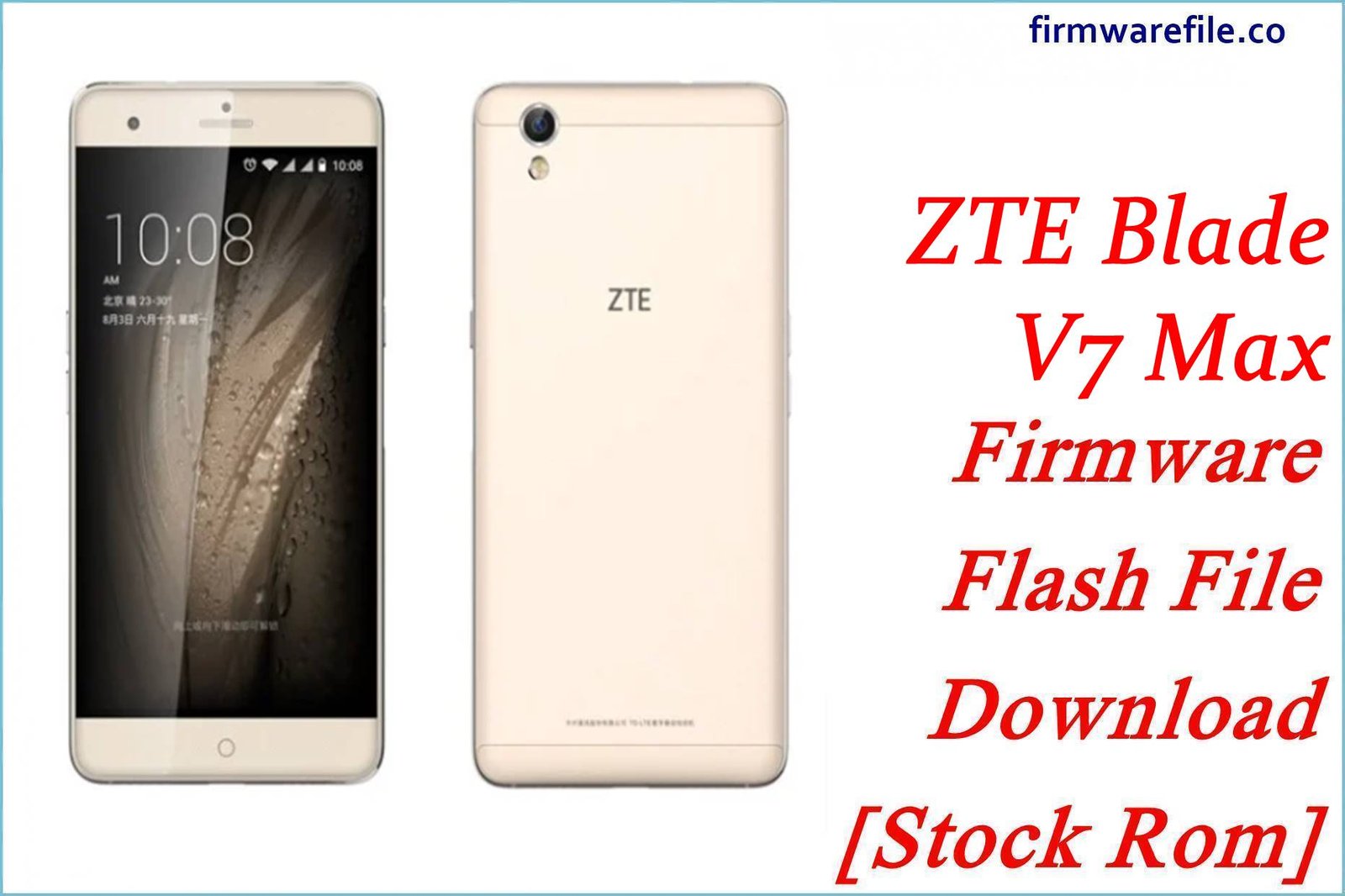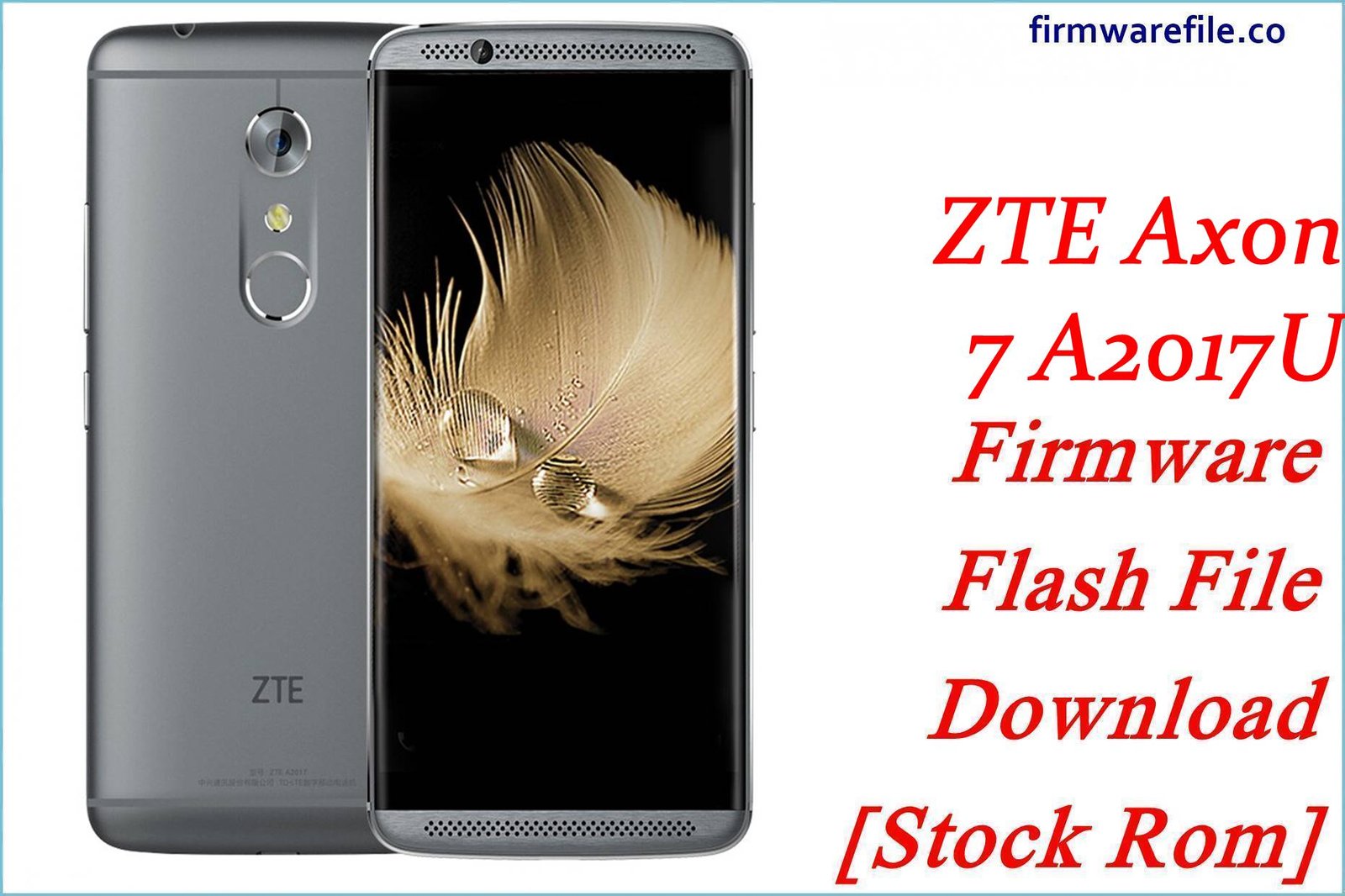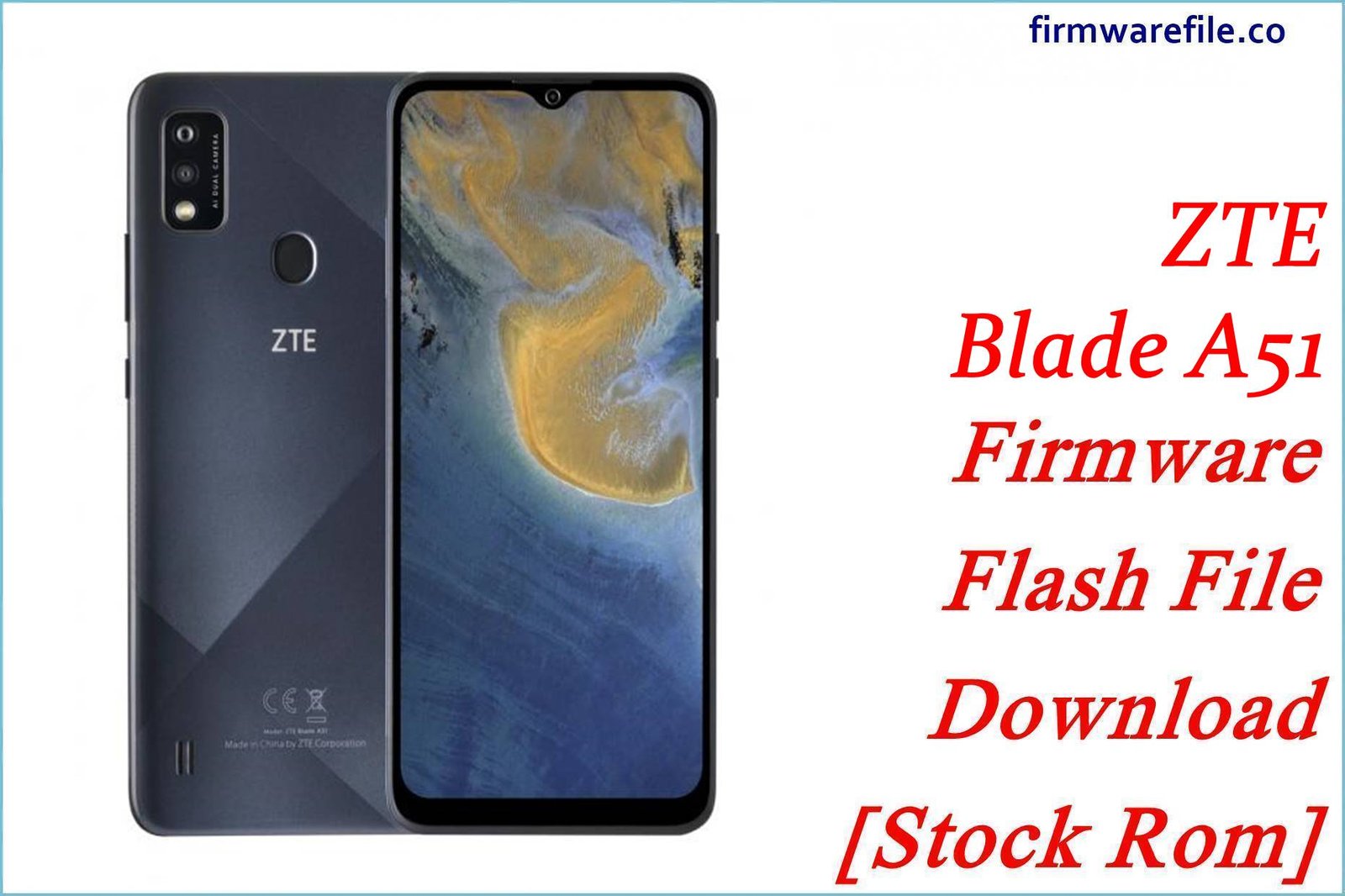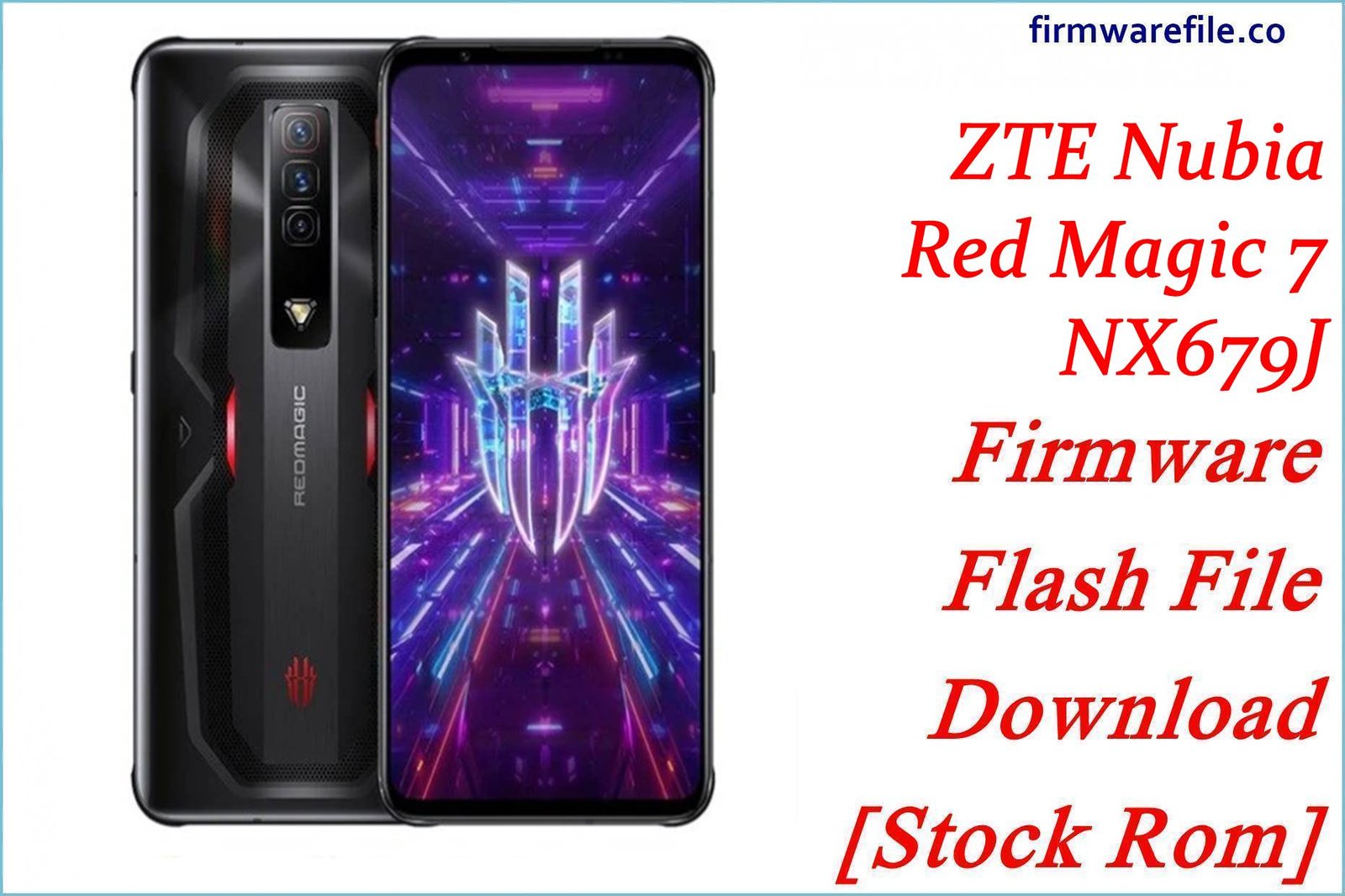ZTE Nubia Z17 Mini (NX569J) Firmware Flash File Download [Stock Rom]
The Nubia Z17 Mini (model NX569J) is a powerful and stylish mid-range smartphone from 2017, celebrated for its advanced dual-camera system featuring one RGB and one monochrome sensor. For users looking to fix persistent software bugs, resolve common issues like camera focus problems, or unbrick a non-responsive device, flashing the official stock firmware is the most effective solution.
Important Note: The filename for this package contains a typo (MSM8952). This device is confirmed to use the more powerful Qualcomm Snapdragon 652/653 chipset. The provided firmware is the correct package for the Nubia Z17 Mini and requires the QFIL tool for installation.
Quick Device Specs
- Device
- Nubia Z17 Mini (NX569J)
- Release year
- 2017
- Chipset
- Qualcomm Snapdragon 652 / 653
- Display
- 5.2″ FHD IPS LCD (1920×1080)
- Battery
- 2950 mAh (Non-removable)
- Memory
- 4GB/6GB RAM + 64GB/128GB storage
- Camera
- Dual 13MP (RGB + Mono) rear, 16MP front
- OS
- Android 6.0.1 (Marshmallow)
Required Downloads
| File / Tool | Download Link |
|---|---|
| QPST (QFIL) Tool | Download QPST Tool |
| Qualcomm USB Drivers | Download Drivers |
Stock ROM & Firmware
| Version | Android | Region | Type | Download | Size |
|---|---|---|---|---|---|
| (2017-05-05) | 6.0.1 (Marshmallow) | Global | QFIL / QPST | Download | ~1.7 GB |
Quick Flashing Guide
- Download and install the Qualcomm USB Drivers and the QPST Tool on your PC.
- Extract the downloaded firmware ZIP file to a folder on your computer.
- Power off your Nubia Z17 Mini and boot it into EDL Mode by holding the Volume Up + Volume Down buttons while connecting it to the PC via USB cable.
- Launch QFIL, load the firmware files (`prog_…mbn` and `rawprogram/patch` XMLs), and click the “Download” button to begin flashing.
For a complete, step-by-step tutorial with screenshots, please refer to our definitive guide:
How to Flash Firmware on Qualcomm Smartphones with QFIL
FAQs
Q1. Will this firmware fix the common camera focus problem?
A clean flash of the stock firmware is the best software-based solution for the widely reported camera focus issues on the Z17 Mini. It restores the original camera drivers and algorithms. If the problem persists after a successful flash and factory reset, it is likely a hardware fault with the camera module itself.
Q2. Is this firmware for the larger Nubia Z17 flagship?
No. This firmware is strictly for the Nubia Z17 Mini (NX569J). The standard Z17 is a different device with a more powerful Snapdragon 835 chipset and requires its own specific firmware. Flashing the wrong file will cause a brick.
Q3. Will this update my phone to Android Nougat or Oreo?
No. This is the stock Android 6.0.1 Marshmallow firmware. While some regional variants of the Z17 Mini did receive an update to Nougat, this package will restore the original Marshmallow OS that the device was widely released with.
Device-Specific Troubleshooting
- Excessive Battery Drain After Flashing: The Z17 Mini can suffer from battery drain if apps are not optimized. After a clean flash, allow the phone to settle for a few charge cycles. Go to `Settings > Battery` to identify any apps using disproportionate power. Also, check the phone’s power management settings to ensure important apps are not being overly restricted.
- Notifications Not Arriving (WhatsApp, Gmail, etc.): This is a common issue with Nubia UI’s aggressive battery saving. After installing your apps, find the phone’s power management, battery optimization, or auto-start settings and manually set your important messaging apps to “unrestricted” or “allow background activity” to ensure you receive notifications in real-time.
- Phone Overheating During Use: The Snapdragon 652/653 chipset can run warm. A clean firmware flash helps by removing rogue processes that may cause extra load. To manage heat, avoid gaming or using the camera for long periods while charging and consider closing unnecessary background apps before starting an intensive task.
- QFIL “Sahara/Firehose” Error: This classic QFIL error is almost always due to incorrect drivers or a bad connection. Re-install the Qualcomm 9008 drivers (disabling driver signature enforcement in Windows first), use a high-quality USB cable, try a different USB port, and ensure the phone is fully powered off before entering EDL mode.

